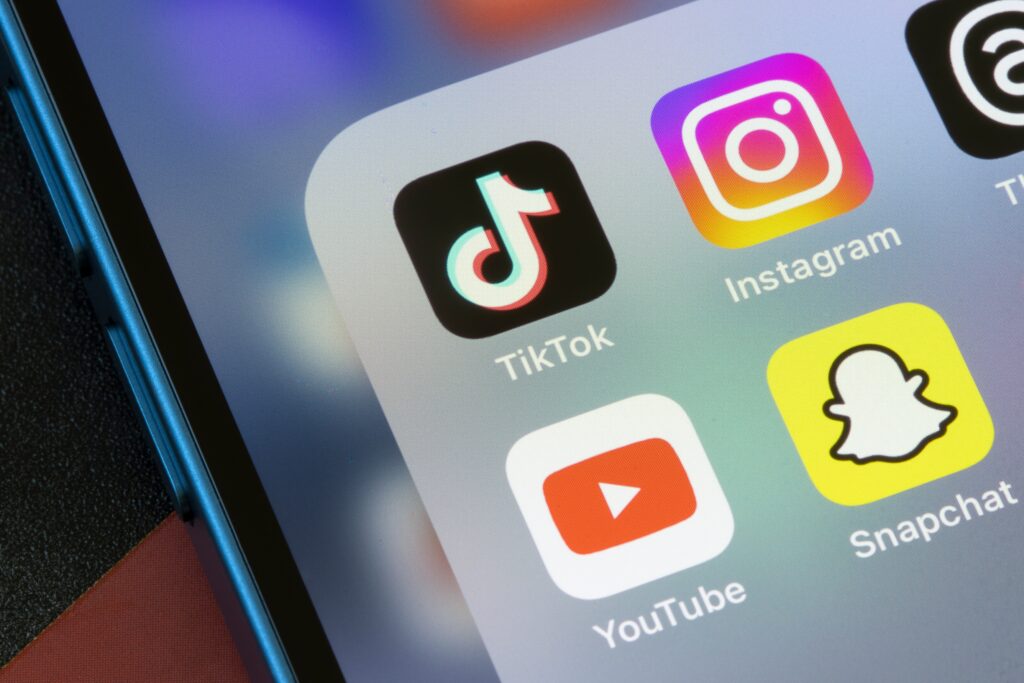“Half of my life is on this app and now they expect us to pay for it.” That comment reflects the frustration among Snapchat users after the company announced plans to charge for storing old photos and videos. Many say the platform is monetizing nostalgia and betraying loyal users.
Users forced to pay for memories
In September, Snap, Snapchat’s parent company, revealed that users with more than five gigabytes of saved Memories will need to pay. For many, these images and videos capture years of milestones, friendships, and personal moments, making the change feel like a betrayal.
Snap defended the decision, comparing it to Apple and Google’s paid cloud storage options. The company said users could download their Memories to their devices if they prefer not to pay, even if that involves handling tens of gigabytes of data.
A spokesperson said only a small number of users would be affected. They acknowledged that moving from free to paid service “is never easy” but insisted it would be “worth the cost.” Many users online strongly disagree.
Outcry over the ‘memory tax’
An online petition calls the new charge a “memory tax.” Users described it as “ridiculous,” “unethical,” and “dystopian.” Some have vowed to delete the app rather than pay.
On Google Play, user Natacha Jonsson left a one-star review. “If I know millennials right, most of us have years worth of memories on Snapchat,” she wrote. “And most of us only kept the app for that reason. 5GB is absolutely nothing when you have years of memories… Bye Snap.”
London journalism student Guste Ven, 20, said on TikTok that she plans to leave the app. “I downloaded all my memories as soon as I could,” she told a news outlet. “Almost all of my teenage years are on Snapchat. Charging for something that has always been free doesn’t make sense.”
Loyal users feel betrayed
Snapchat has not revealed how much its new storage plans will cost in the UK. The company said the rollout will take place gradually worldwide.
Amber Daley, 23, from London, said she would be “distraught” if the charges take effect. She has used Snapchat daily since 2014 and described it as “a part of everyday life.”
Amber said she understood the platform needs revenue but argued that Memories carry deep personal meaning. “It’s unfair to charge loyal users who have supported the app for years,” she said. “These aren’t just called Memories — they are our real memories.”
The real cost of cloud storage
Charging for storage is common. Millions already pay Apple or Google to protect their photos and videos. But Snapchat users feel differently because they built their archives expecting free access.
“Hosting trillions of Memories isn’t cheap,” said social media consultant Matt Navarra. “Snapchat must cover storage, bandwidth, encryption, backups, and content delivery.” He added that the change feels like a “bait and switch.” “Encouraging people to archive their lives for years and then charging them doesn’t feel right,” he said. “These Memories aren’t just files — they are emotional artefacts.”
When memories become a business
Many users share that view. One reviewer said their saved photos and videos are “the most precious thing to me.” “They include everything — births, losses, family moments, friendships, and my teenage years,” they wrote.
Dr. Taylor Annabell, a postdoctoral researcher at Utrecht University, said Snapchat’s move highlights the risks of relying on commercial platforms for personal history. “These companies profit from user trust and the illusion of endless access,” she said. “It keeps people tied to the app, scrolling through their past. But they are not guardians of our memories — they are businesses selling access to them.”


